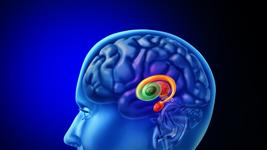Tamoxifen controls gene activation with CRISPRa/i
The new study presents inducible CRISPR activation and interference (iCRISPRa/i) systems by engineering CRISPRa/i components with modified human oestrogen receptor domains (ERT2). These domains respond to the oestrogen analogue tamoxifen or its active metabolite 4-hydroxy-tamoxifen (4OHT), enabling controlled nuclear translocation of the dCas9-fused regulatory proteins.
Upon 4OHT treatment, optimised constructs (ERT2-ERT2-CRISPRa/i-ERT2) rapidly accumulated in the nucleus, triggering transcriptional modulation of target genes. Withdrawal of 4OHT reversed the effect, demonstrating a reversible system. The iCRISPRa/i system matched or exceeded the efficiency of existing non-inducible and doxycycline-inducible systems, showing lower baseline activity and quicker induction kinetics.
Functional validation was conducted in various cell lines, where changes in gene expression led to observable phenotypic alterations. These features position iCRISPRa/i as a valuable platform for precise temporal control in studies requiring gain or loss of function, with potential relevance to therapeutic gene regulation.
The study was led by Feng Wan and Bin Zhang at Southern Medical University and Huazhong University of Science and Technology, respectively, in China. It was published in Cellular and Molecular Life Sciences on 23 June.
To get more CRISPR Medicine News delivered to your inbox, sign up to the free weekly CMN Newsletter here.
Tags
ArticleCMN BriefsNewsTranscriptional activationCRISPRaCRISPRi
CLINICAL TRIALS
Sponsors:
Base Therapeutics (Shanghai) Co., Ltd.
Sponsors:
Base Therapeutics (Shanghai) Co., Ltd.







